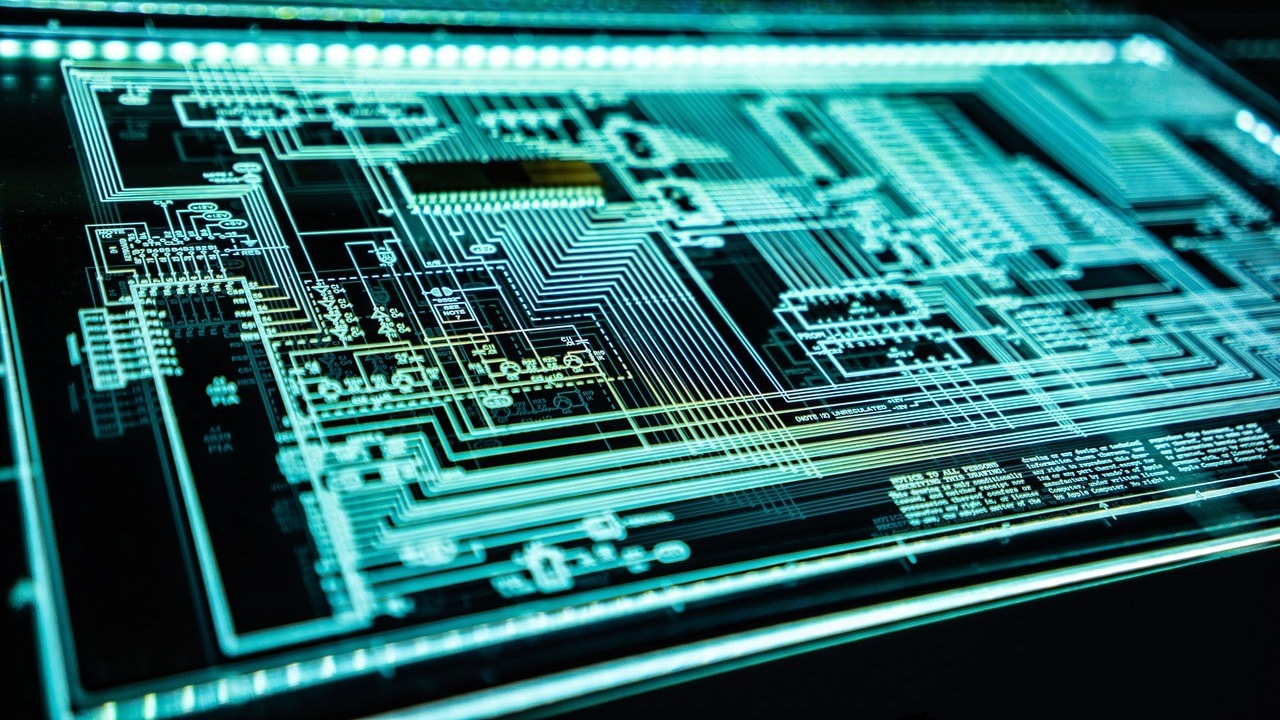|
How hyperconverged infrastructure can save you time and money
Technology evolves at a rocketship pace. If your organization is not keeping up with technological changes, it might find itself left behind.
One example is the legacy three-tier architecture. Decades ago, three-tier was the next new thing. Today, the rocketship has moved on. Companies are finding that new technological solutions are a better fit for today’s hyper-connected, Internet-of-Things world. Where is the rocketship landing? Hyperconverged infrastructure (HCI). Let’s look at some of the hyperconverged infrastructure benefits and how you can maximize the benefits of HCI to make sure you aren’t left behind the times. Hyperconverged Infrastructure Benefits
At the end of the day, businesses don’t buy technology because they want to buy technology. No one is in the business of simply owning technology. Businesses buy technology for the value it provides. If your technology isn’t helping you with your core business, there’s no reason to have it. And the more it helps, the better.
When you look at the costs versus benefits of older technologies versus newer technologies, the newer technologies will almost always outperform on efficiency, cost, and performance. Considering that potential business benefit is the most important reason to invest in technology, why would you invest in something that will be slower, less efficient, and cost more? The value isn’t there. The challenge has traditionally been that there wasn’t a better solution than legacy three-tier architecture. Now there is. Hyperconvergence is about moving processes that had previously been handled manually or with multiple different parts from hardware solutions into software. The result is the ability to replicate those processes on relatively inexpensive hardware while simultaneously eliminating the need to be hands-on with running infrastructure. One example is data. Previously, in an IT environment, it was necessary to manually move data from place to place in the storage tier in order to make more room or optimize storage. Today that’s viewed as woefully inefficient. That can be done with software, saving money and time, and that’s what hyperconvergence is all about. 1. Allows for the latest technology
Among the biggest hyperconverged infrastructure benefits is that HCI removes the barrier between your business and the latest technological advances. By combining and automating tasks, the architectural load is migrated from discrete pieces of hardware to a converged whole. And that whole is managed by software.
This means you no longer have to keep up with separate servers, storage, and computational assets. You no longer have to maintain or upgrade hardware. Those assets are now being maintained by your HCI provider, who will update and replace them as necessary. This means you get the benefit of the latest advances in technology without having to continually upgrade your equipment. The result: Your business benefits from the efficiency of modern technology without your having to continually chase a moving technological target. 2. Simplicity
In the traditional three-tier architecture, there will be separate storage, servers, and computational architecture, combined with a visualization layer on the front end. And generally, all of these different pieces will be from different manufacturers, housed in different places, and maintained by different people. This can be a compatibility and maintenance nightmare.
HCI combines these pieces into one hyper-converged whole. Suddenly, compatibility ceases to be an issue, and maintenance is simplified. Updates can be applied instantly, no longer requiring significant downtime. 3. Efficiency
In the computing world, the closer your data is to the processor (CPU), the faster your computations will be. If you have your data located close to the CPU without having to go through a bunch of external devices, you will see a performance boost. HCI realizes this boost with architecture that centers data close to the computational center.
Our premier HCI partner, Nutanix, has an HCI infrastructure that was built specifically for this reason. Unlike some major providers who have bolted on HCI to their existing architectures, the Nutanix HCI solution is custom-built from the ground up to harness the benefits and savings of HCI. 4. Closes skill-demand gap
Traditional architectures require a high degree of specialized knowledge to understand and implement. One of the benefits of HCI is that by automating tasks, it takes the need for specialized knowledge out of the equation. The tasks that would have required specialized knowledge are now automated, leaving your highly skilled team members with time for work that adds more value to the business.
5. Staff reallocation
There has been some concern that HCI will lead to people losing their jobs. After all, if we’re automating processes that have traditionally been performed by IT workers, what are those workers going to do?
The answer is they are going to be available to do higher value work for the company. Work that can potentially increase innovation, and with it, profits. HCI automates maintenance tasks, which have traditionally eaten up an outsized percentage of workers’ time. According to a Deloitte report, the average IT department spends more than half of its budget on maintenance tasks, and only 19% on innovation. HCI can upend this paradigm, freeing up IT staff from time spent on maintenance, allowing them to spend more time innovating and adding value to your business. 6. Scalability
One of the biggest hyperconverged infrastructure benefits is scalability. With HCI, you can scale almost infinitely without having to worry about outgrowing your server stack or storage solution. With HCI, you can scale up or down as your business needs change. There is no longer any need to “buy ahead” of need.
7. Cost savings
Finally, perhaps the most important benefit of HCI is cost savings. Traditional architectures require massive server farms, storage solutions, and separate computational resources. With HCI, all of that is converged, considerably reducing the initial outlay.
One of the biggest problems with traditional IT architecture is that, as your business grows, your technology becomes more complex, shifting focus from business problems to technology problems. Your business should be focused on how technology will drive value, not what your business value can do for your technology. To learn more about HCI benefits and how HCI can help your business scale and grow, contact us today.
0 Comments
Leave a Reply. |
AuthorTim Joyce, Founder, Roundstone Solutions Archives
July 2024
Categories
All
|
 Roundstone Solutions Inc.
|
Serving clients throughout Northern CaliforniaServing clients throughout the New York Metro Area |
HomeAboutChallengesFocusResourcesNewsEventsCalifornia ET ContractBlogContact |
© 2022 Roundstone Solutions Inc.
All Rights Reserved. |




 RSS Feed
RSS Feed